The inauguration of Donald Trump as the 47th president of the United States for his second term took place on Jan. 20, 2025. Trump outlined a wide-ranging agenda that blends traditional conservative values. Notably, he signed 26 executive orders on Inauguration Day, which is the highest number by any U.S. president to sign on that day. Trump’s second-term agenda focuses mainly under the banner of “Making America First,” “retribution,” and “law and order.” He aimed at aggressively reshaping the Federal Government, restoring hardline policies from his first term, and shifting America’s global role through protectionism and reduced international engagement.
Trump had emphasised avoiding foreign wars and promoting a non-interventionist foreign policy, focusing instead on border security and economic growth. He opposed “endless wars” and advocated reducing the U.S. military presence abroad. He repeatedly stated that the U.S. should avoid costly wars in the Middle East that lack clear American interests, using slogans like “We are not the world’s policeman” and “End the endless wars.” He sharply criticised previous administrations for prolonged military engagements in Iraq, Afghanistan, Libya, and Syria. However, despite these promises made during his 2024 campaign, Trump’s actions in office have diverged significantly from his non-interventionist stance.
From Gaza to Isfahan
The year 2025, marking Trump’s second term, has been one of widespread conflict. While some wars continued from previous years, others erupted anew. The Russia-Ukraine war remains active, especially in eastern Ukraine, with no meaningful peace progress. Meanwhile, tensions between China and Taiwan persist, with China conducting military drills and exerting diplomatic pressure, though a full invasion has not occurred. Inflation is stabilising globally, but food and energy prices remain elevated. Climate issues are intensifying globally, with record-breaking heatwaves affecting southern Europe and South Asia, alongside severe wildfires sweeping through the Mediterranean region.
The Middle East in 2025 is marked by multiple overlapping tensions: the Israeli war on Gaza, the Israel–Iran conflict brinkmanship, the Red Sea maritime attacks, Syria’s frozen Civil War, and tense standoffs in Lebanon. In December 2024, Syria marked the fall of the Al-Assad regime, leading to the establishment of a transitional government. This ushered in a complex new phase in 2025, marked by ongoing violence, heightened humanitarian needs, and ongoing political restructuring efforts. In addition, the conflict between Israel and Palestine, one of the world’s most protracted and most violent disputes, reignited in October 2023. Israel has conducted major operations aimed at dismantling Hamas, resulting in tens of thousands of deaths and widespread displacement.
Between June 2 and 8, 2025, Israel and Hezbollah clashed in Lebanon. The Israeli army launched a broad range of operations targeting Hezbollah positions across 18 locations, including the most intense airstrikes on Beirut’s Dahiyeh suburbs since the November 2024 ceasefire. These strikes focused on suspected drone manufacturing and storage sites, with artillery shelling, ground operations, flares, and warning leaflets also employed. In June 2025, Israel—with U.S. backing—launched airstrikes on Iranian nuclear sites in Natanz, Fordo, and Isfahan to disrupt Iran’s program. Iran retaliated with missile attacks on Israeli targets, raising fears of a regional war. A ceasefire was declared soon after, but tensions remain high. Trump’s administration directly supported Israel, signalling a major shift from his earlier promises. Both countries continue their cyber operations and covert actions under a fragile state of deterrence, avoiding full-scale war for now. Despite earlier vows to avoid new Middle Eastern entanglements, the U.S., under Trump, has re-entered a direct military role.
A Strategic Reversal
The wars in the Middle East are driven by sectarian divisions, strategic rivalries, and global power interests. These dynamics compel foreign powers especially the U.S. to intervene, either directly or through proxies. In 2025, the U.S. under Trump became one of the most active external actors in the region. Despite prior commitments to non-intervention, his administration has participated in multiple conflicts, revealing a sharp break from his stated “America First” strategy.
Trump’s first 100 days in office during his second term have been highly eventful. Alongside efforts to reshape domestic institutions and impose protectionist trade policies, Trump engaged in high-stakes diplomacy with Iran and Russia which are decisions with implications far beyond U.S. borders. One of the key interventions came in early 2025, when Trump proposed a U.S. takeover of Gaza during ceasefire talks with Prime Minister Benjamin Netanyahu. This proposal included a potential troop deployment and redevelopment plans. In late February, his administration approved a $2.5 billion arms package for Israel. In June and July of the same year, Trump pushed for a 60-day ceasefire during Netanyahu’s visit to the White House, urging Israel and Hamas to reach an agreement and hosting talks with envoys from Egypt and Qatar. He emphasised urgency, warning Hamas that their situation would worsen otherwise. While Israel reportedly accepted the terms, Hamas remained hesitant. Trump’s actions combined military support, ceasefire diplomacy, and bold territorial proposals, marking a hands‑on departure from traditional U.S. policy.
U.S. involvement in the Israeli war on Gaza has included military, diplomatic, and limited humanitarian efforts. Diplomatically, the U.S. has repeatedly vetoed U.N. resolutions critical of Israel’s actions, framing them as acts of self-defence. Critics argue this has enabled prolonged military operations with high civilian casualties, eroding U.S. credibility in the Global South and the Arab world. Militarily, the U.S. has supplied Israel with weapons, including precision-guided munitions and missile defence systems. Naval and air assets were deployed to the Eastern Mediterranean to deter actors like Hezbollah or Iran. This strategy emphasises deterrence and ally protection without direct combat involvement. On the humanitarian side, the U.S. has supported corridors, pauses in fighting, and aid to displaced civilians. However, these efforts are seen as insufficient amid massive destruction and high casualties, with many viewing them as symbolic rather than substantive.
In addition to the flashpoint in Gaza, the Trump administration launched one of its most expansive and intense military campaigns in Yemen, targeting the Houthi movement through Operation Rough Rider, which began on March 15 2025. This operation, described as the most intense U.S. military escalation in Yemen to date, involved over 1,700 air and naval strikes, hitting more than 800 Houthi military targets, including command-and-control centres, drone production facilities, and missile launch sites. The campaign saw the deployment of B-2 strategic bombers, F-18 fighter jets, and MQ-9 Reaper drones, as well as the USS Truman and USS Carl Vinson aircraft carriers, supported by destroyers stationed in the Red Sea.
Despite this massive show of force, the campaign failed to thoroughly neutralise Houthi capabilities. The group launched more than 131 retaliatory attacks using ballistic missiles, cruise missiles, and drones, targeting U.S. naval assets and commercial shipping lanes. The Houthis succeeded in shooting down at least eight MQ-9 drones and one F360 reconnaissance aircraft, signalling that American air superiority was not absolute. According to U.S. estimates, 500–600 Houthi fighters were killed, while the group itself acknowledged 123 dead and 247 wounded between March 15 and April 15. Civilian casualties were severe: 238 civilians were killed, including 24 children, and 467 were injured, including 31 children, prompting widespread human rights condemnation and renewed scrutiny of U.S. actions.
Economically, the intervention came at a steep cost, starkly contradicting Trump’s pledges to reduce overseas military expenditures. The Yemen campaign alone cost an estimated $1 billion in less than three weeks, while overall U.S. military spending in the region — including support for Israel and strikes in Yemen — totalled approximately $4.86 billion since October 2023. Additionally, global trade losses linked to rerouted Red Sea shipping lanes were estimated at $2.1 billion. These figures underscore how, far from retreating from foreign entanglements, the Trump administration became embroiled in a prolonged, high-cost military confrontation, exposing U.S. personnel and assets to escalating risk — and marking a strategic departure from the isolationist tone of the “America First” doctrine. His broader agenda, including trade negotiations and domestic priorities, has been disrupted by the rising tensions in the Middle East. Plans to finalise trade deals with 15 nations were interrupted when he abruptly left a Canada summit to respond to escalating conflict with Iran, delaying over $3 trillion in trade agreements and threatening new tariffs.
Trump’s June 22 announcement of airstrikes on Iran’s nuclear sites marked a dramatic escalation. Though described as a one-time action, Trump warned of more strikes if Iran continued uranium enrichment. The attack damaged key nuclear infrastructure, and Iran vowed to continue its program, raising fears of wider conflict. The U.S.’s intervention in the Iran–Israel conflict has taken a multi-pronged approach, combining military support, strategic deterrence, and diplomatic pressure. Following Iran’s aggressive actions, including missile attacks on Israeli territory and attempts to expand regional proxy influence, the U.S. swiftly backed Israel with logistical and intelligence support. Washington deployed additional Patriot and THAAD missile defence systems to the region and enhanced joint military coordination with the IDF. Though the U.S. refrained from direct involvement in combat, it provided real-time intelligence and weapons resupply, reinforcing Israel’s military capabilities without committing to ground engagement.
Strategically, the U.S. positioned its forces to deter further escalation. Aircraft carriers, fighter squadrons, and naval assets were moved into the Eastern Mediterranean and Gulf region to signal readiness and contain Iranian expansion. These moves were not only intended to protect Israel but also to prevent Iranian retaliation on U.S. bases or Gulf allies. At the same time, the Pentagon increased the alert level for troops in Iraq and Syria, anticipating potential attacks by Iranian-backed militias. This show of force, without direct strikes on Iranian territory (aside from Trump’s one-off precision strikes on nuclear sites), reflected a strategy of muscular deterrence without full-scale war, aimed at controlling escalation while preserving American interests.
On the diplomatic front, the U.S. engaged in high-level talks with regional and global stakeholders, including the EU, Gulf states, and even indirect communication through intermediaries with Iran. Washington aimed to isolate Iran diplomatically while maintaining fragile coalitions in the Arab world. However, the effectiveness of these efforts has been questioned, especially as civilian casualties and regional instability mount. Overall, the U.S. intervention reflects a deliberate strategy: support Israel militarily, contain Iran through regional power projection, and pursue a diplomatic ceiling to prevent full-scale war, though at the cost of growing tensions across the Middle East.
MENA Impacts of Trump’s Military Moves
Trump’s intervention in Iran, marked by a large-scale precision strike on nuclear sites, has further destabilised an already volatile Middle East. While he framed the June 22 attack as a bold, one-time action, his willingness to strike again if Iran continues uranium enrichment signals ongoing tension. The U.S. has backed Israel militarily and diplomatically, but is now relying on sanctions and pressure rather than direct conflict. However, with 75 precision munitions, over 125 aircraft involved, and no clear long-term strategy, Trump’s move has escalated fears of a broader regional war, especially as Gaza, Lebanon, and Syria remain embroiled in violent unrest.
Trump’s intervention in the Middle East, particularly Operation Rough Rider and his decision to partially withdraw U.S. troops from Syria in 2019, contributed to destabilising power vacuums that adversaries like Russia, Iran, and Turkey were poised to exploit. His administration’s unpredictable presence in Syria weakened U.S. strategic leverage and emboldened regional actors to expand influence. The fall of the Al-Assad regime further amplified these dynamics, threatening to reverse counterterrorism gains and intensify conflict. Trump’s actions opened the door for Iran to rebuild proxy networks, Russia to reclaim strategic bases, and Turkey to escalate incursions, reshaping the region in ways that undermine long-term U.S. and MENA stability.
In conclusion, the trajectory of Trump’s second term reveals a stark contradiction between his campaign rhetoric and the realities of governing in a volatile global landscape. Despite pledging to avoid foreign entanglements and focus on domestic priorities, escalating conflicts in the Middle East, particularly in Gaza, Lebanon, Syria, and Iran, have drawn the U.S. back into direct and indirect interventions. These actions have not only strained U.S. credibility but have also disrupted Trump’s economic agenda and trade ambitions. As military and diplomatic efforts intensify, the administration finds itself entangled in the very “endless wars” it once vowed to avoid. This reversal highlights the enduring complexity of global leadership and the limitations of isolationist policies in an increasingly interconnected world.
References
Binar FK, “With a Likely U.S. Withdrawal from Syria, Russia and Iran are Poised to Benefit”, new lines Institute, March 11, 2025, https://newlinesinstitute.org/state-resilience-fragility/with-a-likely-u-s-withdrawal-from-syria-russia-and-iran-are-poised-to-benefit/
David Daoud, “Israeli operations in Lebanon against Hezbollah: June 2–June 8, 2025”, long war journal, June 10, 2025, https://www.longwarjournal.org/archives/2025/06/israeli-operations-in-lebanon-against-hezbollah-june-2-june-8-2025.php
Iran demands accountability for Israel and US after ‘war of aggression’, Aljazeera, Jul 6 2025, https://www.aljazeera.com/news/2025/7/6/iran-demands-accountability-for-israel-and-us-after-war-of-aggression?
Kareem Fahim, “U.S. sees a new Middle East. Gulf allies fret about an unrestrained Israel”, Washington post, June 28, 2025, https://www.washingtonpost.com/world/2025/06/28/iran-saudi-arabia-uae-ties/
Michelle Nichols, Nidal Al-Mughrabi and Crispian Balmer, “US vetoes UN Security Council demand for Gaza ceasefire”, Reuters, June 5, 2025, https://www.reuters.com/world/middle-east/us-backed-gaza-aid-group-halt-distribution-wednesday-un-vote-ceasefire-demand-2025-06-04/
Phil Stewart and Idrees Ali, “US warns against Iran retaliation as Trump raises ‘regime change’”, Reuters, June 23, 2025, https://www.reuters.com/world/middle-east/us-strikes-against-iran-nuclear-facilities-incredible-overwhelming-success-2025-06-22/
Philip Loft and Claire Mills, “Syria after Assad: Consequences and interim authorities 2025”, UK Parliament, March 13, 2025, https://commonslibrary.parliament.uk/research-briefings/cbp-10161/
Rick Newman, “Commentary: The Middle East is messing up Trump’s economic plan”, AOL, June 17, 2025, https://www.aol.com/finance/commentary-middle-east-messing-trumps-194436204.html?guccounter=1&guce_referrer=aHR0cHM6Ly93d3cuZ29vZ2xlLmNvbS8&guce_referrer_sig=AQAAAJQlUfu5NnAPg–VrqYWKLVZDN0fL17byrYagwO02MG50TuxV95SuEIUqDX3oBJvL5G3-8lY885LuNqfwASRBYBp1iXXu5g-jrkSRWt9OP-ptPjHBzzgks3xOMfmErfuD3l5td-0KhrbDUXF8bUf-eeiOSQkeHPZ95TeDGlqtxeG
Samia Nakhoul, US, Israel diverge on how to pursue Iran endgame after strikes, diplomats say, Reuters, July 8, 2025, https://www.reuters.com/world/middle-east/us-israel-diverge-how-pursue-iran-endgame-after-strikes-diplomats-say-2025-07-08/
Steve Holland and Matt Spetalnick, “Trump urges Hamas to accept ‘final proposal’ for 60-day Gaza ceasefire”, Reuters, July 2, 2025, https://www.reuters.com/world/middle-east/trump-discuss-gaza-iran-with-netanyahu-monday-meeting-2025-07-01/
US military helped stop Iranian missiles heading to Israel, officials say, Reuters, June 13, 2025, https://www.reuters.com/world/middle-east/us-military-helped-stop-iranian-missiles-heading-israel-officials-say-2025-06-13
USAID’s Gaza Response: External Factors Impaired Distribution of Humanitarian Assistance Through the JLOTS Maritime Corridor, OFFICE OF INSPECTOR GENERAL U.S. Agency for International Development, August 27, 2024, https://oig.usaid.gov/sites/default/files/2024-08/OIG%20Final%20Report%20-%20JLOTS%20Maritime%20Corridor%20Evaluation.pdf



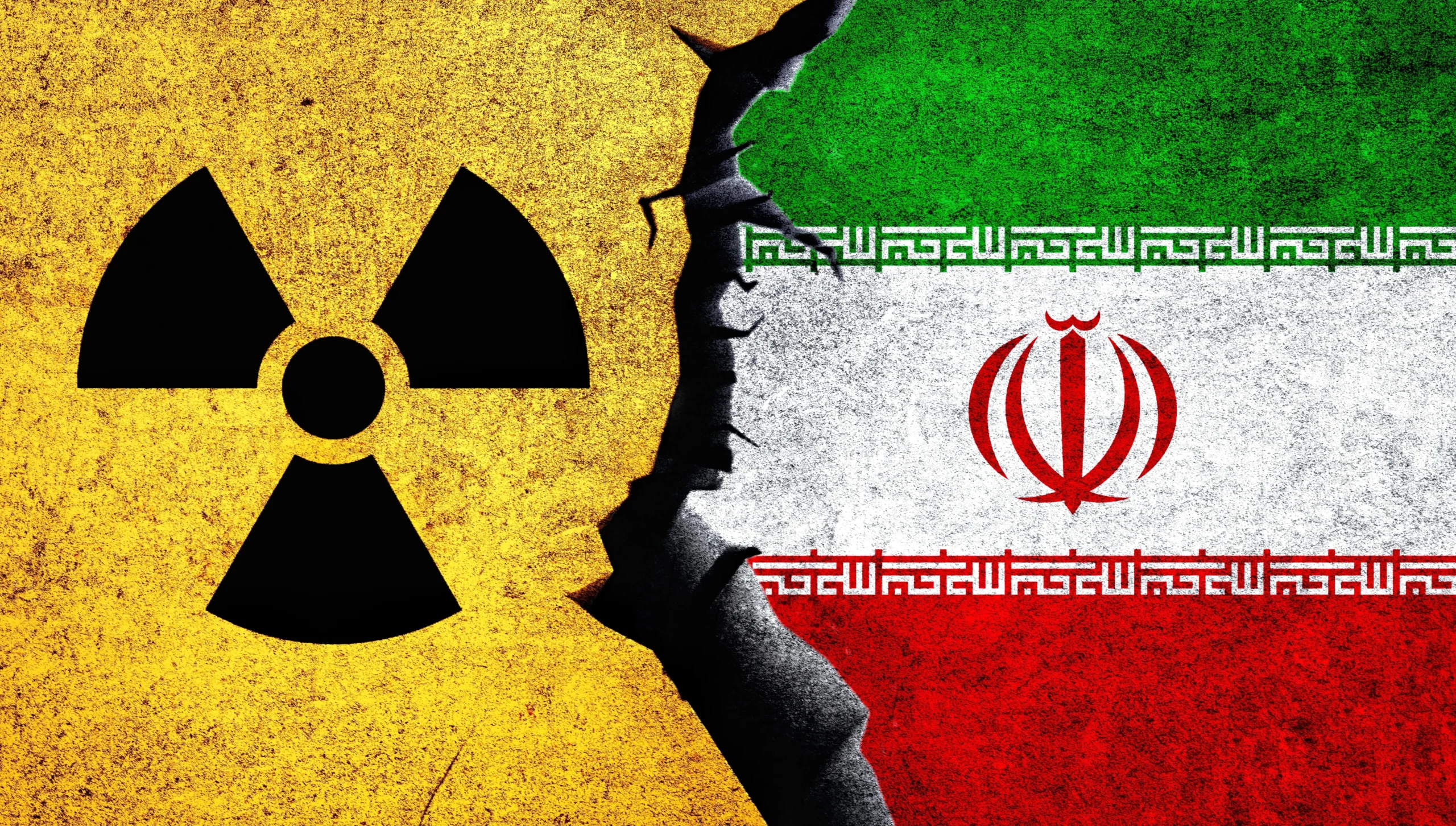
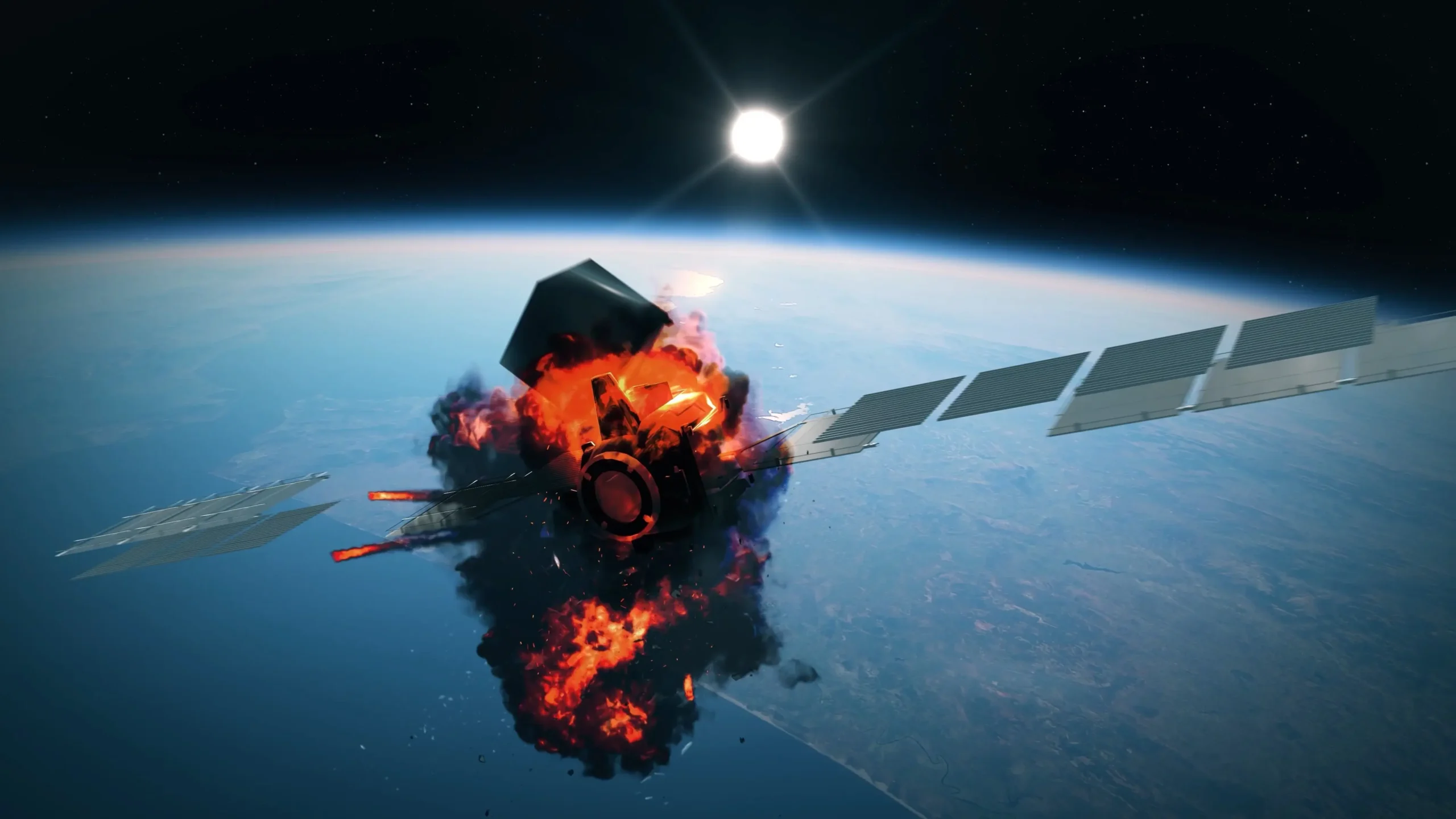
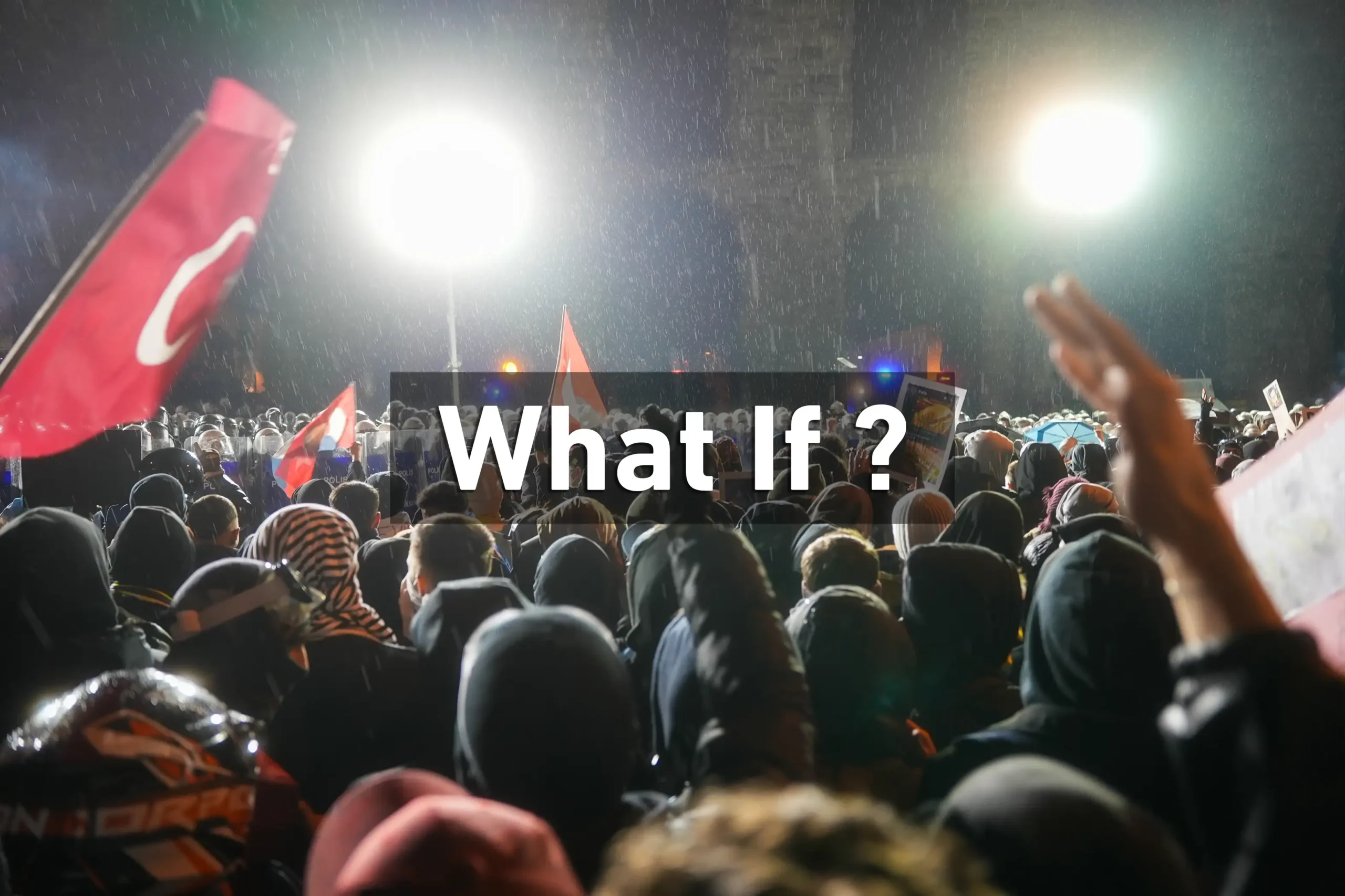


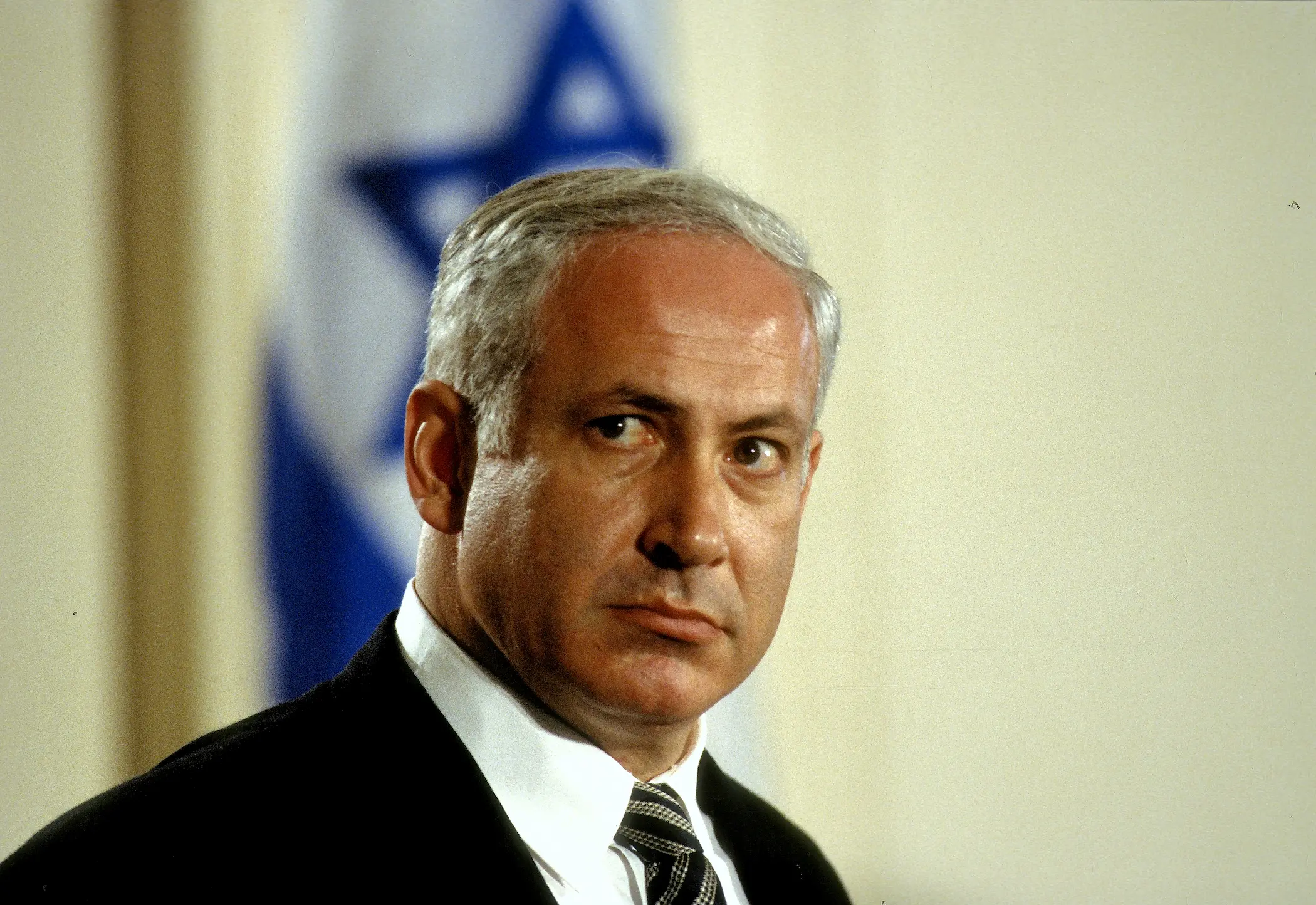





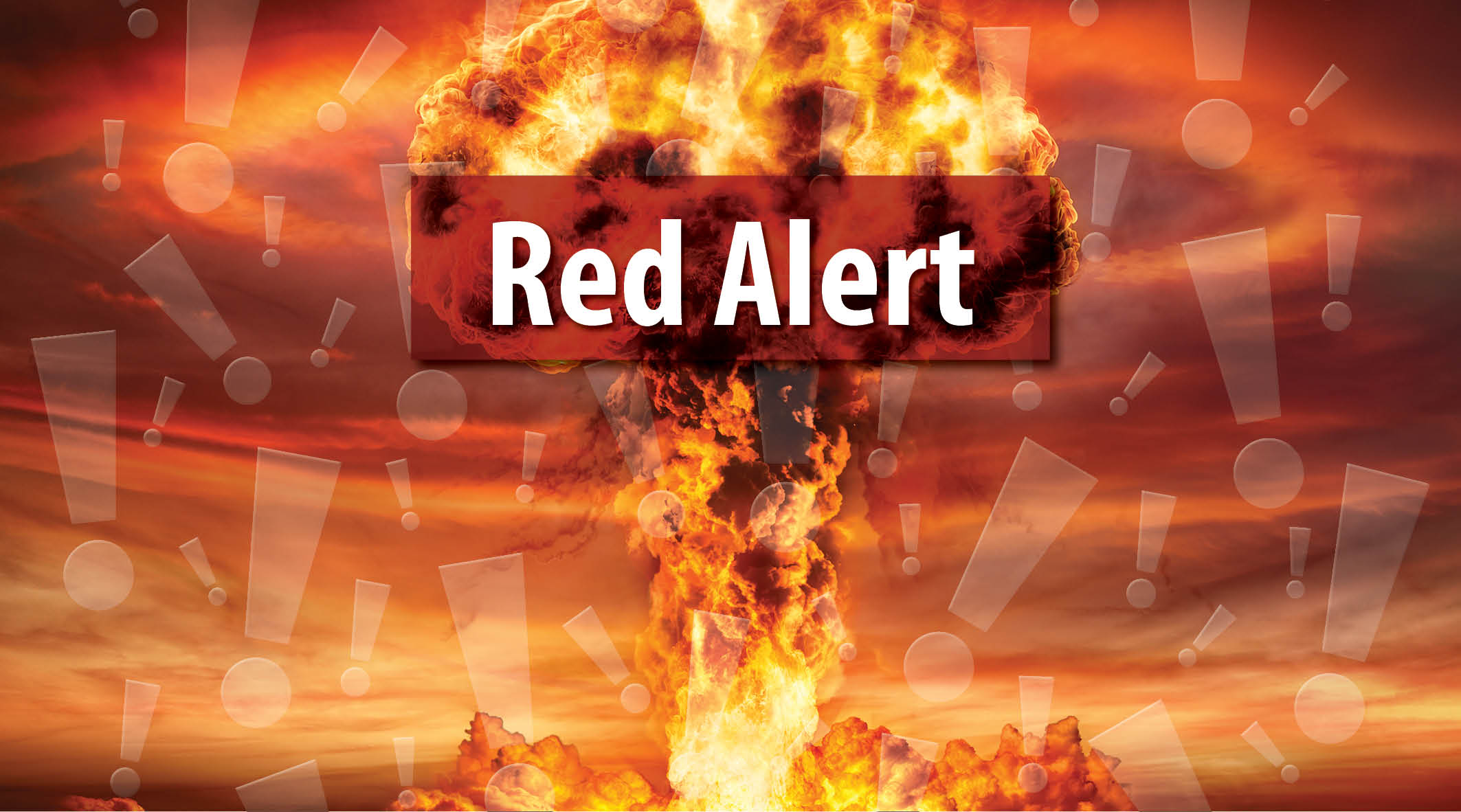
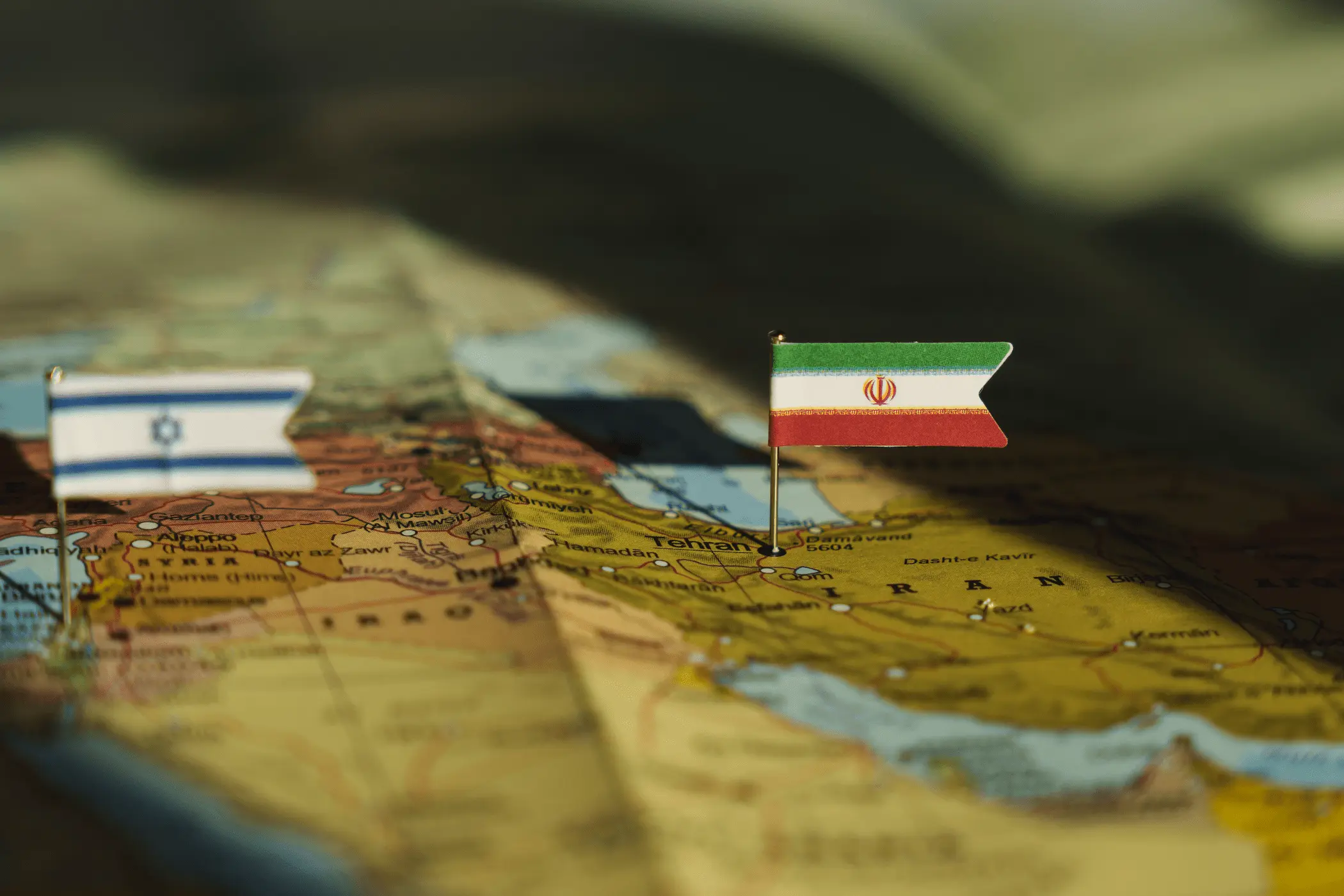




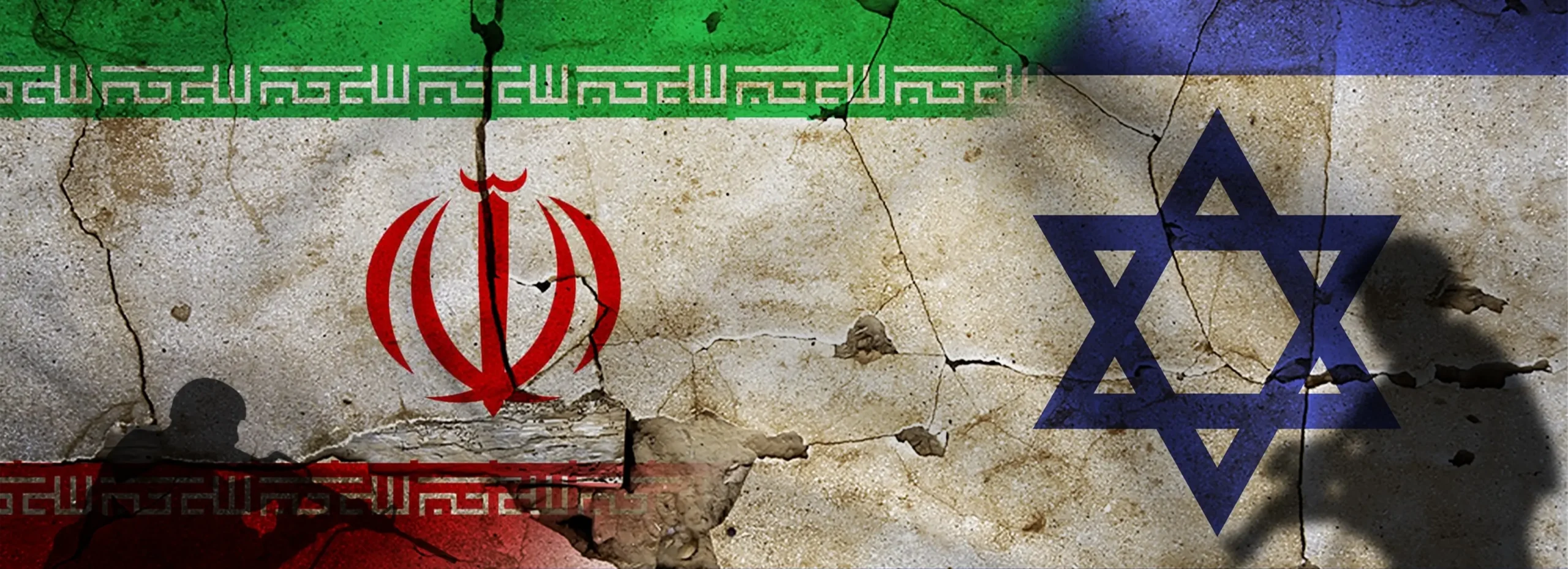
Comments